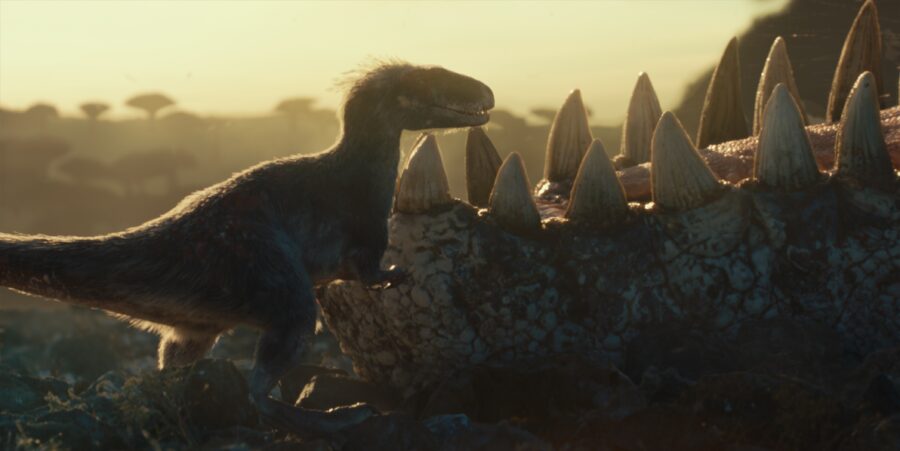Scientists Find Bones Of Terrifying Predator Alive Long Before Dinosaurs

Dinosaurs are often the prehistoric beasts that capture everyone’s imagination when thinking of extinct ancient animals that once roamed the Earth, but there were plenty of awe-inspiring animals around before dinosaurs ever showed up. Amongst these was the fearsome predator known as Pampaphoneus biccai, which walked our planet over 265 million years ago, which is more than 40 million years before the dinos. According to Science Alert, a new, almost-complete fossilized skull of the carnivore was found in Brazil.
As terrifying as dinosaurs are, a new fossil located in Brazil reveals a huge predator that lived millions of years before the famous reptiles.
The Pampaphoneus skull was found in Sao Gabriel, Brazil, and measured 36 centimeters. Pampaphoneus is part of the dinocephalia group of animals that thrived before the dinosaurs. Dinocephalia animals were typically quite large, and Pampaphoneus was amongst the largest of them.
Pampaphoneus were also a carnivorous species, though not all dinocephalia were. The large, sharp teeth of the animal make it obvious that meat would have been its preferred menu item, and the characteristics of the cranium indicate the bite force of Pamaphoneus was likely enough to crunch bone. While the dinosaurs had quite a brutal massive extinction event to end their reign, Pamphoneus’ end was even more dramatic, as they lived right before the largest extinction event in Earth’s history — the Permian.
Pampahpneus biccai had a height of 10 feet and a weight averaging 882 pounds, making it smaller than dinosaurs like the Tyrannosaurus Rex, but significantly larger than the average mammal.
The Permian extinction event ended up wiping 86% of all animal species off the face of the earth, including many large terrestrial animals such as the Pampaphoneus. Of course, these extinction events would eventually carve the path for dinosaurs to rule for many years before a similar event would spell their end. While paleontologists have uncovered Pampaphoneus in Russia and South Africa before, Pampaphoneus biccai is the first species that has been uncovered in Brazil.
The well-preserved skull of the Pampaphoneus biccai found in Brazil is the first Pampaphoneus skull found since 2008, which should help us learn more about the animal. While Pampaphoneus wasn’t quite as big as Tyrannosaurus Rex and other large meat-eating dinosaurs, it still struck quite the imposing figure. Pampaphoneus biccai would have measured around 10 feet with a maximum weight of around 882 pounds.

In short, you wouldn’t necessarily want to meet a Pampaphoneus biccai out in the wild, especially if you were a smaller animal living right before the Permian extinction. Specifically, small prey animals like the reptilian Rastodon and the amphibious Konzhukovia likely served as food sources for the fearsome Pampaphoneus. According to Felipe Pinheiro, a paleontologist from the Federal University of Pampa (UNIPAMPA) in Brazil, Pampaphoneus was the largest terrestrial predator in South America during the Permian (that we know of).
In short, you wouldn’t necessarily want to meet a Pampaphoneus biccai out in the wild, especially if you were a smaller animal living right before the Permian extinction.
We may yet discover that even bigger Pampaphoneus were out there, as a currently unidentified jawbone may belong to another Pampaphoneus biccai. If so, that means the recently confirmed skull could be the skull of a younger Pampaphoneus, proving that the animal might be even bigger than previously thought. Dinosaurs may have ruled the Earth during the Triassic, Jurassic, and Cretaceous periods, but the Pampaphoneus biccai would have certainly been the big bad around town during the Permian time period.












